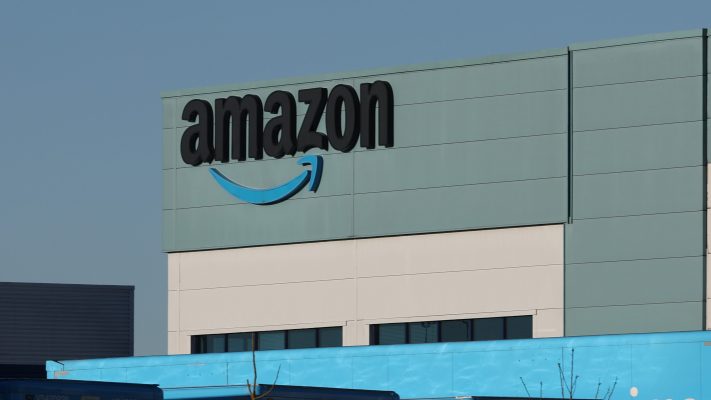Amazon secures $8B loan, anticipating market headwinds

Amazon has secured an $8 billion loan in anticipation of market headwinds.
Provided by DBS Bank, Mizuho Bank and others, the loan — which will mature in 364 days (January 3, 2024), with an option to extend for another 364 days — will be used for “general corporate purposes,” Amazon said in a filing with the U.S. Securities and Exchange Commission. In a statement, an Amazon spokesperson told TechCrunch that the loan adds to the range of financing options the company has tapped in recent months to hedge against the “uncertain macroeconomic environment.”
“Like all companies we regularly evaluate our operating plan and make financing decisions — like entering into term loan agreements or issuing bonds — accordingly,” the spokesperson said via email. “Given the uncertain macroeconomic environment, over the last few months we have used different financing options to support capital expenditures, debt repayments, acquisitions and working capital needs.”
Amazon’s income dipped toward the end of 2022 as the economy took its toll. The tech giant spent billions doubling the size of its fulfillment network during the pandemic, a play that served it well initially but which proved to be short sighted.
Amazon was forced to shut down or delay plans for over a dozen facilities as e-commerce sales last year grew slower than expected. Another headwind — soaring energy prices — impacted Amazon’s business in a major way, with the company’s spending on shipping climbing 10% to $19.9 billion in Q3 2022.
To cut costs, Amazon plans to reduce its workforce in early 2023, reportedly by as much as 10,000 employees. The layoffs, which would be the largest in the company’s history, are said to be concentrated in Amazon’s human resources, Alexa and retail divisions.
In other penny-saving measures, Amazon has frozen hiring for corporate roles in its retail business, shut down its Amazon Care telehealth service, closed all but one of its U.S. call centers, and scaled back Amazon Scout, its long-running delivery robot project. Those moves haven’t been enough to prevent the company’s market cap from falling below $1 trillion for the first time since April 2020.


